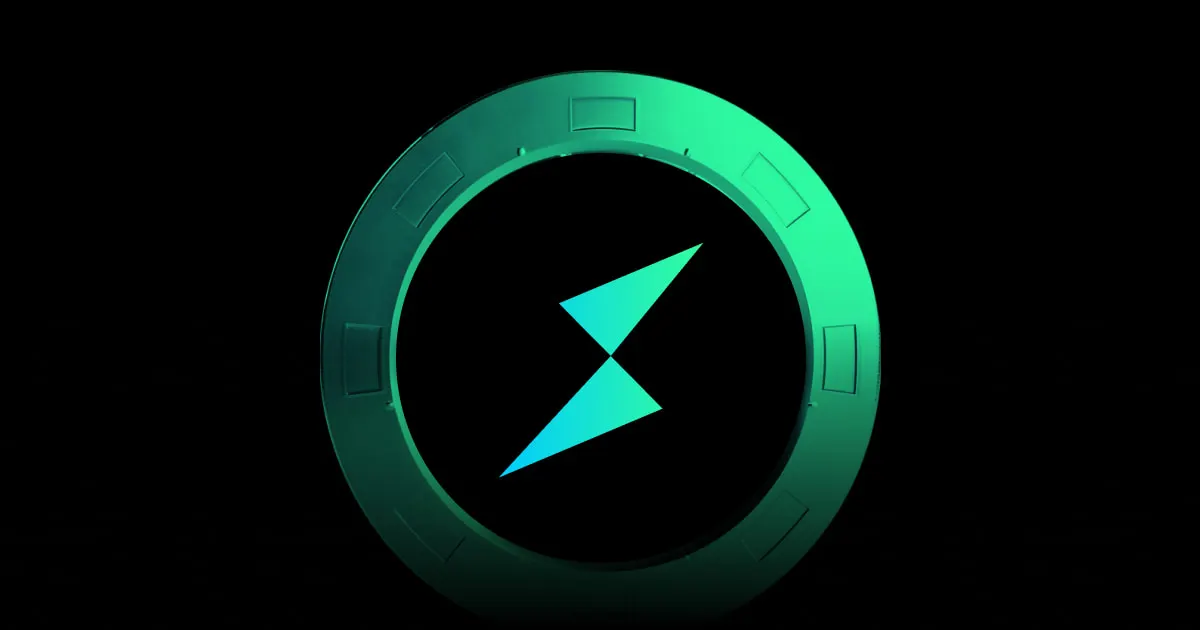What Is THORChain (RUNE)?

What Is THORChain
THORChain (RUNE) is a decentralized liquidity protocol that allows users to conduct cross-chain swaps between Bitcoin, Ethereum, BNB Chain, Avalanche, Cosmos Hub, Dogecoin, Bitcoin Cash, and Litecoin.
The growth of the DeFi space has required the need for a reliable way to exchange different assets and for cross-chain liquidity. While existing DeFi protocols that use the automated market maker (AMM) model such as Uniswap have allowed crypto users to swap their crypto assets in a peer-to-peer and decentralized manner, the majority of these protocols only allow the same blockchain network swaps to take place. This lack of interoperability impedes the full potential of the DeFi space.
The key aim of THORChain is to enhance the overall liquidity and accessibility of the cryptocurrency market by allowing users to trade one cryptocurrency for another across different blockchain networks without relying on a centralized intermediary or a custodian.
Who Is The Founder Of THORChain
Funded through an Initial DEX Offering (IDO) on Binance DEX in July 2019, THORChain does not have a traditional founding team or CEO. According to its documentation and community standards, it operates as a decentralized and leaderless protocol, governed and maintained by anonymous developers and its broader community. Development is supported through open-source contributions, and the network's direction is guided by node operators and community governance.
How Does THORChain Work
THORChain enables decentralized, permissionless asset swaps through a network of nodes and liquidity pools. When a user initiates a cross-chain swap, the protocol first converts their asset into RUNE, then swaps RUNE for the desired output asset. This is done using the Continuous Liquidity Pool (CLP) algorithm, which determines exchange rates based on the ratio of assets in the pool.
For example, to swap BTC for ETH, a user’s BTC is first swapped into RUNE, then the RUNE is swapped into ETH. All liquidity pools are 50:50 between RUNE and the target asset, which simplifies pool management and ensures consistent pricing.
Liquidity providers deposit assets into these pools and earn a share of the swap fees. The protocol uses bonded RUNE from node operators as collateral to secure the network, incentivizing honest behavior through economic design.
What Is THORChain Used For
1. Cross-Chain Swaps
Users can exchange native assets like ETH, BTC, or LTC across chains without centralized bridges, wrapped tokens, or custodians.
2. Liquidity Provision
Users provide liquidity by depositing RUNE and a target asset into pools. In return, they earn swap fees generated by trades in those pools.
3. DeFi Integration
THORChain’s protocol can be integrated into other DeFi platforms, enabling them to tap into deep, cross-chain native liquidity.
4. Decentralised Exchanges (DEX)
THORChain powers DEX interfaces like THORSwap and BEPSwap, enabling users to trade assets without giving up control of their funds.
5. Accessibility to various blockchains
By supporting native assets from multiple chains, THORChain expands DeFi access to Bitcoin, Litecoin, Dogecoin, and others that are otherwise siloed from DeFi ecosystems.
RUNE Tokenomics
RUNE is the native token of THORChain and plays a central role in its economic and security design:
Cross-Chain Functionality
RUNE acts as the settlement asset in every liquidity pool. This structure allows swaps between any two supported assets via RUNE as the intermediary.
Security
THORChain uses a bonded Proof-of-Stake system, where node operators must bond RUNE to participate in validating swaps and securing liquidity pools. The amount bonded must be twice the amount of RUNE in all liquidity pools, aligning incentives and protecting the network from malicious behavior.
Governance
Each node has one vote in the governance process. Changes to the protocol require a 67% majority among active nodes.
Incentives
RUNE is distributed as block rewards and swap fees to liquidity providers and nodes. The protocol uses an incentive pendulum to dynamically adjust rewards and maintain a balance between bonded and pooled RUNE.
Token Supply
RUNE has a total supply of 425.46 millkon tokens of which 351.4 million tokens are in circulation as of July 2025.
The planned allocation of RUNE tokens is as follows:
- Community Incentives – 50%
- Contributors & Team – 15%
- Treasury & Operations – 12%
- Fundraise – 10%
- Private Investors – 10%
- Airdrop – 5%
How To Trade THORChain (RUNE) On Flipster
Sign up for an account on the Flipster website or by downloading the Flipster app (Android or Apple).
Click the [Trade] tab.
Search for RUNE and click on it.
Select the leverage (up to 25x).
Select either a Trigger Order or Market Order.
Input the amount of crypto you wish to trade, or select a percentage of your available funds to use.
Once you have confirmed the details, click the [Long] or [Short] button to open a position.
RUNE Perpetual Swap Contract Specifications
Disclaimer: This material is for information purposes only and does not constitute financial advice. Flipster makes no recommendations or guarantees in respect of any digital asset, product, or service. Trading digital assets and digital asset derivatives comes with a significant risk of loss due to its high price volatility, and is not suitable for all investors. Please refer to our Terms.